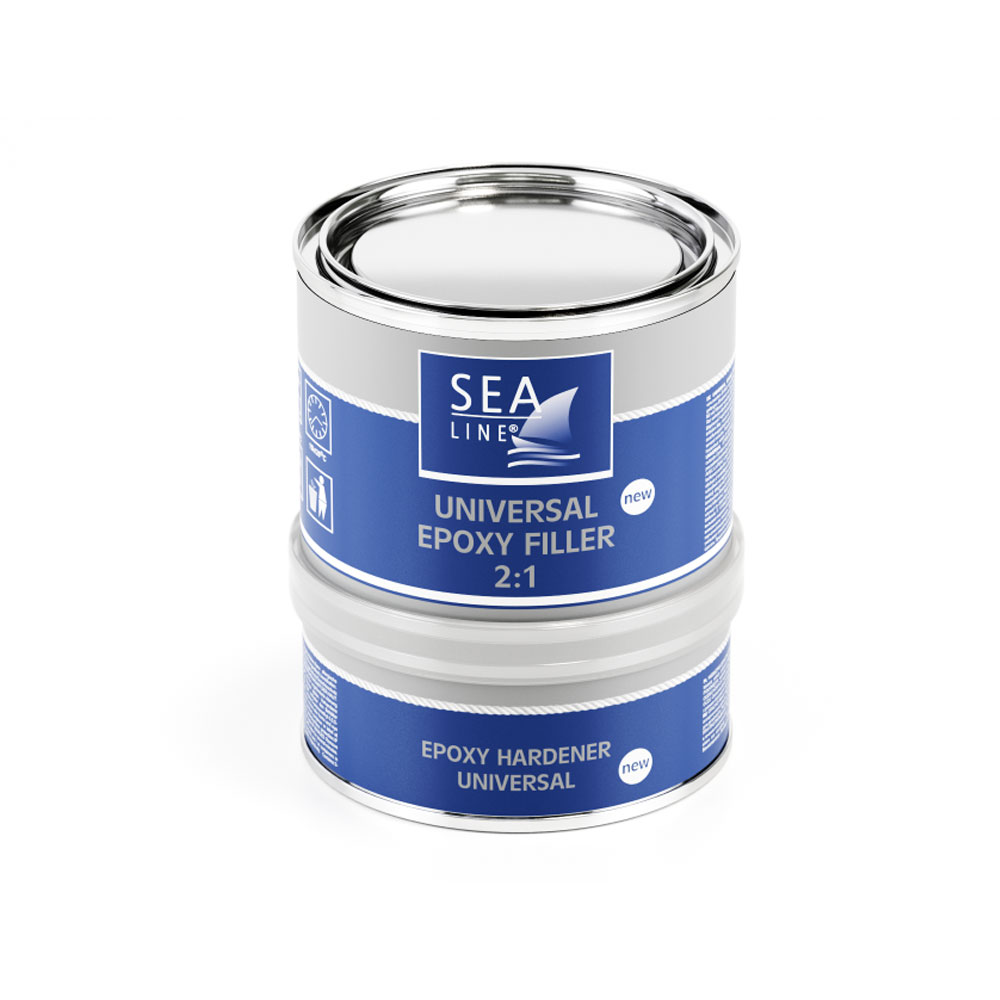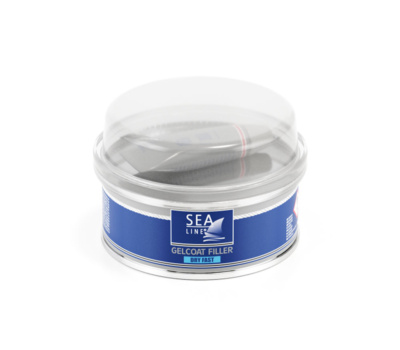Epoxy fillers are primarily the only fillers recommended for use on hull components constantly immersed in water.
However, they can be successfully used both above and below the waterline.
| Weight | Code | |
|---|---|---|
| set (A+B) | 750 g | 12200 |
| component A | 5 kg | 12286 |
| component B (hardener) | 2,5 kg | 12287 |

Manually:
| Type of surface | GRP laminates, wood steel, aluminum |
| Place | Above and below waterline |
| Function | Fast repairs small scratches and damages |
| Color | light grey |

Epoxy fillers, including fiberglass filler, are primarily the only fillers truly recommended for use both

Recommended for large areas due to low own weight

Gelcoat Filler is very fast hard and easy in use.
Sea-Line yacht paints are designed for painting the surface of boats and yachts made of various materials, e.g. laminate, wood or steel. We do not have a certificate of the National Institute of Hygiene, which would allow the use of yacht paint to paint the tank with drinking water.
Yes, you can mix Sea-Line polyurethane paints. The only difference are the pigments of polyurethane paints that determine the color of the paint. But remember to keep the right proportions of base, hardener and thinner.